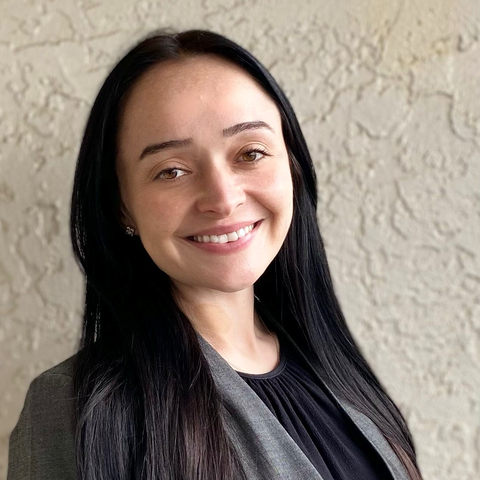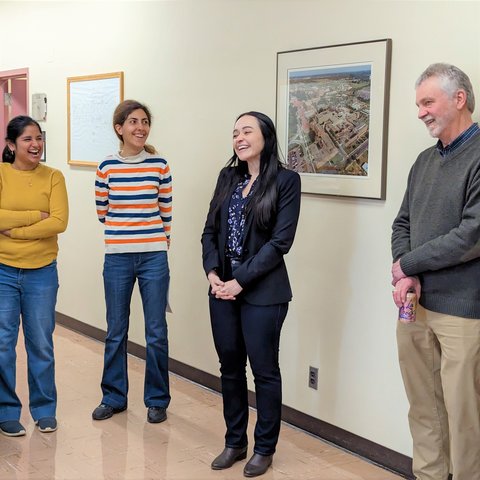Assistant Professor Fernanda Dias
What are you Driven to Discover™?
I am driving to discover how mass-spectrometry-based methods and chemometrics tools can be used to support the development of sustainable, nutritious, and healthy foods with increased product acceptability. I am also interested in understanding how processing and storage affect the formation of oxidized lipid products and off-flavor in foods.
What is the impact of your research in your field?
My present and future research can significantly contribute to the challenge of creating sustainable pathways for food production by developing and optimizing extraction processes and analytical methods that maximize value and minimize negative consequences for all stakeholders, including producers, consumers, and the environment.
How can people see the impact of your research on everyday life?
The impact of my research can be seen through the development of new food products that are not only sustainably produced but also taste good. Focusing on lipids, tailoring processing strategies to reduce lipid oxidation, and its impacts on off-flavor formation and deleterious effects on human health is also a great challenge to be addressed.
What drew you to your field of study?
Since an early age, I was fascinated by the chemical transformations in food that happen in our kitchen, so it was a natural step for me to further investigate the chemistry underlying those transformations using analytical tools. Analytical Chemistry is of utmost importance to help us advance our knowledge of food science and nutrition
What is your favorite research/lab tool and why?
My favorite research tool is mass spectrometry. Analytical techniques such as mass spectrometry give us insightful information on the detailed chemical composition of food components. Food chemistry has benefited from the remarkable technological advances of the last decades in mass spectrometry and sample preparation techniques.
What do you consider to be your greatest research accomplishment?
My greatest research accomplishment was the development of green extraction processes to extract and fractionate lipids and protein from oil seeds without the use of flammable solvents. I was also able to demonstrate that quantitative lipidomic evaluation of oxylipins can be used as a more sensitive marker of lipid oxidation in food products compared to conventional markers.
What is your favorite part about teaching and mentoring students?
The possibility to share my passion and knowledge with the next generation of scientists is the most rewarding part of teaching and mentoring. It gives me immense satisfaction and joy to imagine that I will have the privilege to take part in their professional journey.
What is your favorite food science or nutrition fact?
My favorite food science fact is that very complex reactions, such as the Maillard reaction (a non-enzymatic browning reaction responsible for the formation of color and flavor in food under heating), can be experienced by us daily in the preparation of different dishes from different cultures and by how we can manipulate the reaction. For instance, it fascinates me the fact that my grandma used to add a pinch of baking soda to roast onions faster, she was favoring the Maillard reaction! This is just beautiful.



